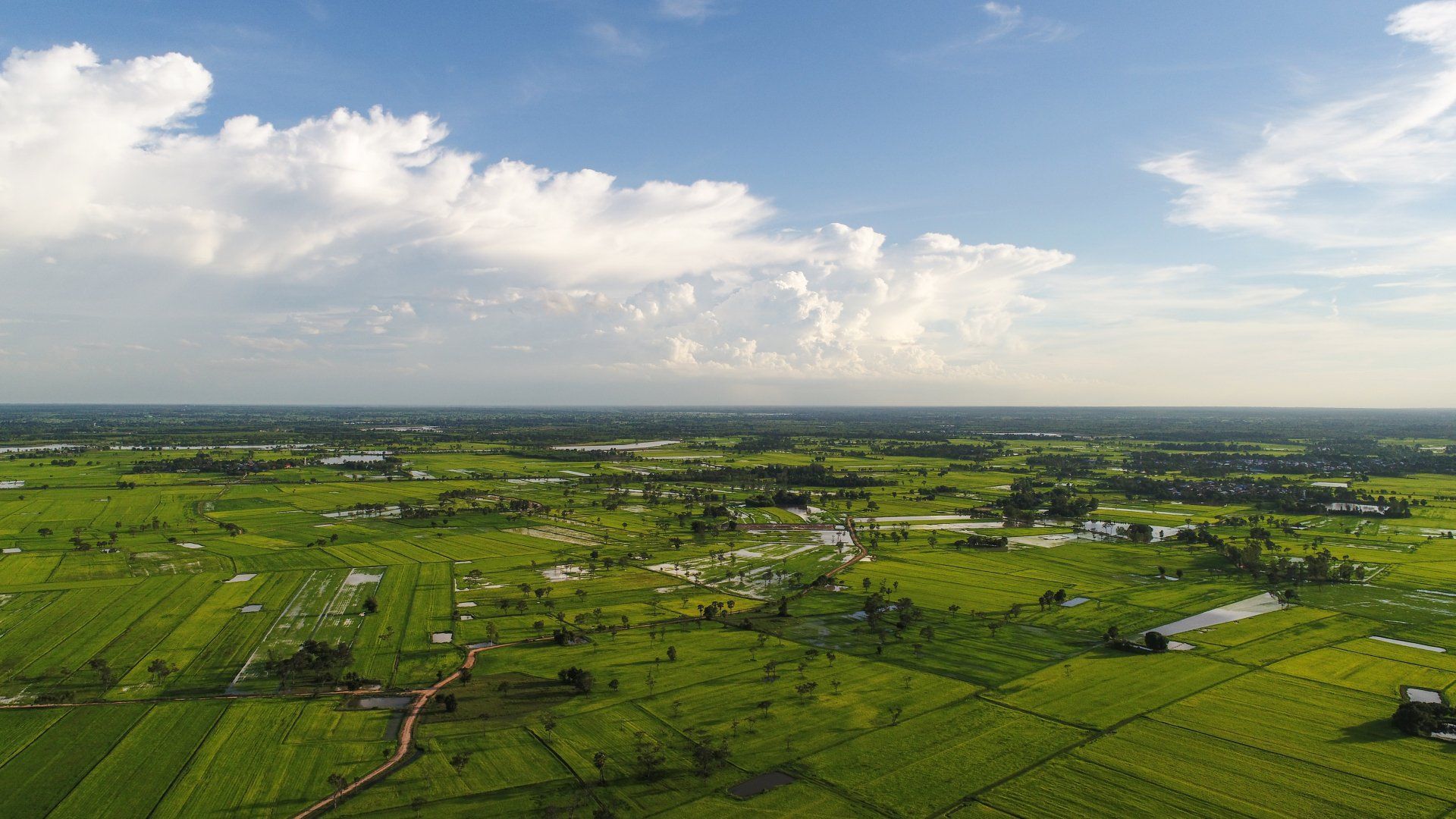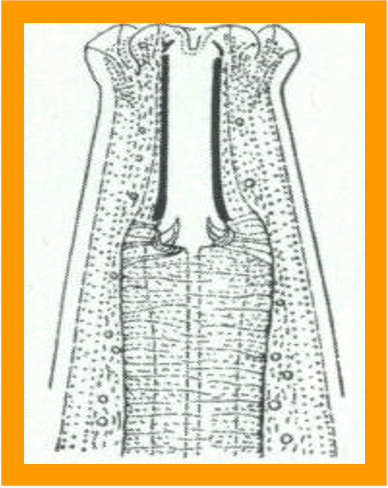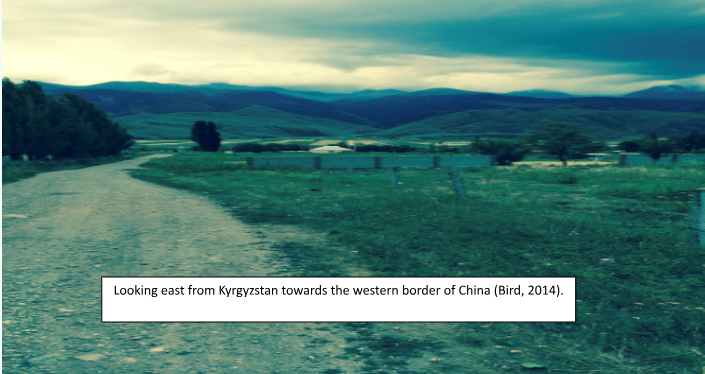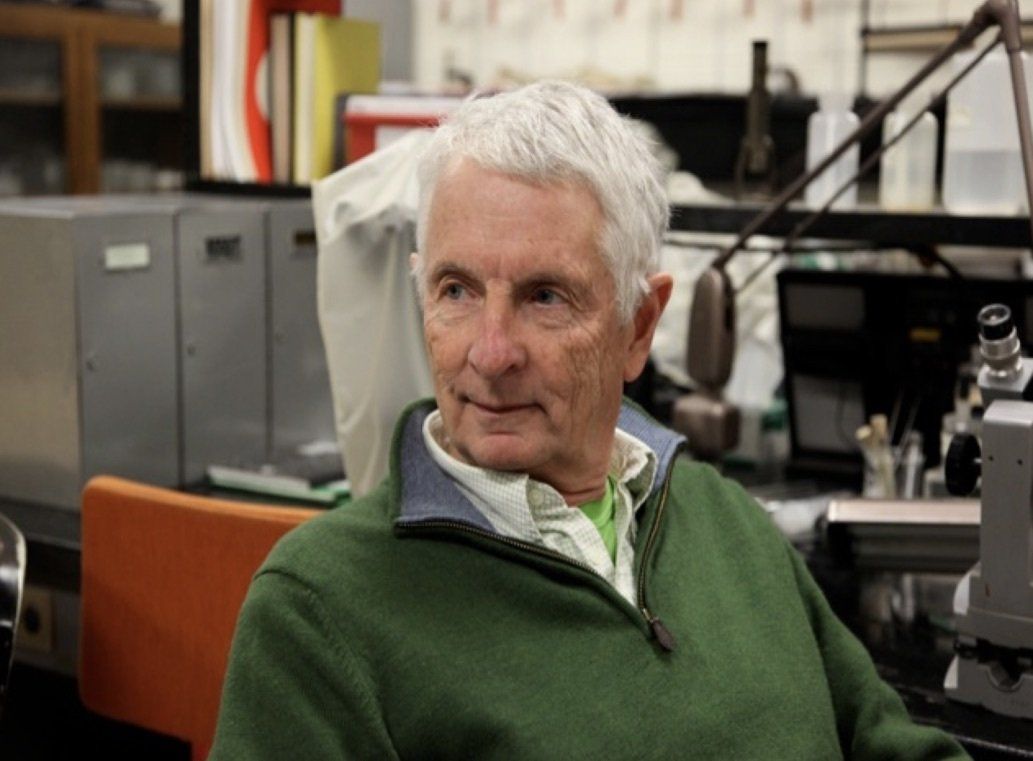
Climate Issues and Resolution (Blog No. 2)
Climate Issues and Resolution.

Global Warming.- Throughout recorded history, temperature and moisture extremes have resulted in poor crop yields and numerous famines. This, in addition to pandemics, kept human population low. Global population did not reach 1.0 billion until soon after 1800. The 1.0 billion population mark was about 50 years after the beginning of the western industrial revolution. In the 10,000 years before the industrial revolution, the natural processes of photosynthesis and respiration removed and returned carbon dioxide to the troposphere (Earth’s surface to ten miles out) in relatively similar amounts. This resulted in temperatures appropriate for humankind and other forms of life.
Many improvements in human quality of life are due to the use of energy produced by burning fossil fuels. This emits carbon dioxide into the troposphere without a return system!
It results in increases in carbon dioxide in the trophosphere, increases in global temperature and increases in other non-desirable local weather events. Currently, polar ice is declining and tropical oceans have a fever.
Lack of Public Understanding of How Climate is Regulated.-
A 2010, Yale University climare change survey found that
only eight percent of Americans have knowledge about climate equivalent to an A or B, forty percent would receive a C or D, and fifty-two percent would get an F (Leiserowitz, Smith and Marion). My experience as an educator indicates that the situation is similar in 2024. In addition, if I taught a course where ninety-two percent of the class received a grade less than a B, I would assume I had failed as a teacher. The following three paragraphs are designed to assist bloggers in hqaving a better understanding climate change.
Visible light and infrared energy regulate earth’s temperature. The troposphere contains about 78% nitrogen gas, 21% oxygen and 0.035% carbon dioxide. The carbon dioxide functions like a blanket, automobile windshield or greenhouse glass. The wave length of visible light from the sun is short enough to pass through the carbon dioxide blanket. When it contacts the earth’s surface it is transformed into infrared energy. Infrared energy is heat.
After the troposhere, the next twenty miles from the Eareth’s surface is the stratosphere. The wave length of infrared is too long to pass through the carbon dioxide blanket and into the stratosphere. It is trapped. The trapped heat warms our planet. Without this process, Earth would be very cold . It would not be suitable for most forms of life.
Why has this essential process become a problem?
The trapping of infrared energy at the trophosphere-stratosphere interface has become a problem because of excessive amounts of carbon dioxide and other blanket gases in the troposphere preventing infrared energy from exiting into the stratosphere. ,
Impact of Government and Organiations on Climate Remediation. For more than three decades, national and international institutions have proposed practices to mediate global warming. These efforts currently fall short of limiting temperature increases to the 1.5 C goal (Stechemesser, 2024). Today, global population exceeds eight billion. It was only three billion when I was a university student. It is predicted that global population will stabilize around ten billion between 2050 and 2080. Maintaining a desired quality of life for a population of ten billion will require massive amounts of matter and energy.
The grand challenge for humankind, therefore, is to attain and maintain carbon dioxide and other blanket gasses at the trophosphere/stratosphere interface at appropriate levels for food production and human comfort, without negatively impacting essential natural cycles and resources. This mandates change! Change requires implementation of innovations and careful monitoring.
Issue Resolution.- There are four tools for change in my tool box. The first three are education, facilitation and persuasion. Education is my passion. It can, however, be a long and difficult process as indicated by Leiserowitz, Smith and Mario (2010). For change to occur, appropriate alternatives must be readily available, economically viable, and socially acceptable. Change can also be enhanced through rewards or penalities. Regardless of the method, change should be implemented in an environmentally-sound local manner.
The fourth and possibly most important instrument for change does not currently exist in a meaningful way. It involves local communities, and consists of meaningful dialogue among citizens, innovation councils and innovation work groups (Bird, 1993). Local innovation council responsibilities include recognition of issues requiring change, identification of ingenuities likely to result in appropriate change and periotic discussions with their local citizens and government. Local innovation councils and work groups should consist of representatives from private business, agriculture, academia, government and the NGO community. In addition, each council or work group must include at least two representatives from the millenia/Z generations. With only about 1.2% of the solar energy entering the earth’s atmosphere being captured for photosynthesis and other energy dependent activities., the remaining 98.8% should be available for new environmentally-sound innovations designed to ehance the future quality of life of humankind.
As described elegantly by James Burke in
After the Warming, it is certain that the future will be different than the past or present. Many individuals resist change because they feel more comfortable with the known (the present) than the unknown resulting from change. This mandates that environmentally-sound innovations be identified and implemented through meaningful dialogue and appropriate actions taken by neighbors on a local community basis.
___________________________
References Cited
- Bird, G. 1993. Sustainable Agriculture and the 1990 Farm Bill 1991-1992 (Regional Administrative Council Structure, p. 110). Proceedings of the Philadelphia Society for Promoting Agriculture, pp. 108-117.
- Stechemesser, A. et al. 2024. Climate policies that achieve major emission reductions: Global evidence fron two decades. Science 385:884-892.
- Leiserowitz, A., N. Smith abd J. Marion. 2010. Americans’ Knowledge of Climate Change. Yale UniversityClimate Change Report, October 12, 2010, Beliefs & Attitidues.
Blog No. 3 will be entitled
Pioneering in the 21st Century.
Contact info
birdgeorgew@outlook.com
P. O. Box 22162
4800 Collins Road
Lansing, Michigan 48909
Join our Newsletter!
Contact Us
We will get back to you as soon as possible
Please try again later




